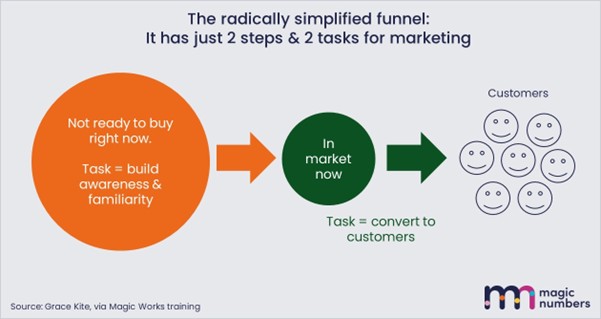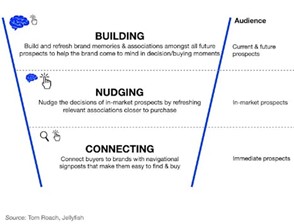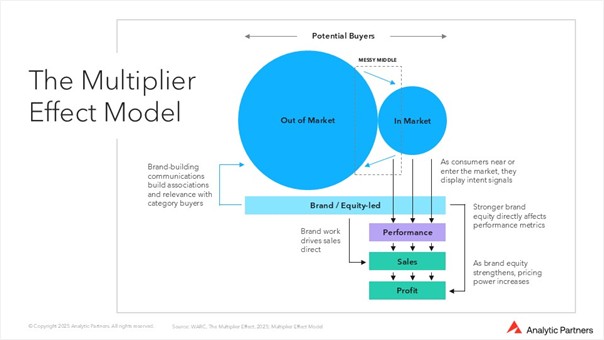The best-selling pizza in Italy by a long way, is a margherita. Yep, that’s right, the undisputed experts in pizza, choose, most of the time, a simple option. Just tomato sauce and cheese.
In marketing, commentary on the funnel has often gone the other way, with experts from BCG to Google saying there are many messy but essential components. Even though it’s the last thing busy marketers want to hear, the message is that reaching people with the right message at the right time is a complex business.
It’s good news then, that there’s a thread through recent writings by undisputed experts on effectiveness that shows there’s an opportunity to simplify.
To boil the funnel down to two simple places that potential customers can be on their purchase journey: Either in-market now, or not right now, but will be in future.
Italian pizza chefs take pride in choosing the best versions of the two simple ingredients in a margherita and combining them well. The perfect version is what sets the best pizzerias apart.
And doing two things well matters to success in marketing too.
Working with this new, simplified, funnel ensures you have a good strategy for in-market customers, another one for those that aren’t ready to buy yet, and a brilliant way to combine the two.
“Ready to buy” vs. “not yet”
It used to be that you couldn’t easily tell which potential customers were in-market vs. not, let alone target them with different communications. So, even though this distinction has always mattered, and clever people like Binet & Field have repeatedly said so, it got left out of the standard funnel.
The result is that marketers haven’t always directed details on price, product, and reasons to buy solely to people who are ready to purchase. And we haven’t only sent memorable, emotional, familiarity driving stories to those who aren’t yet in the zone for the detail.
Instead, we’ve noodled on much weaker and intangible distinctions in potential customers’ state of mind.
For example, we’ve supposed there’s a difference between being a brand that people can say without being reminded and a brand that people will consider when ready to buy. Even though these states are practically identical for people who aren’t rationally analysing the category, we’ve sweated over separate strategies for them.
But now, things have changed. People who are in-market leave snail trails all over the internet enabling us to precisely see who is in vs. out of market at any given point. And the modern media stack allows us to target ads accordingly.



